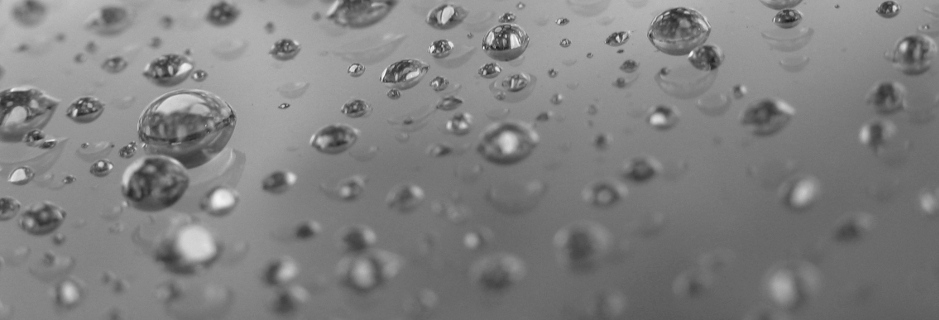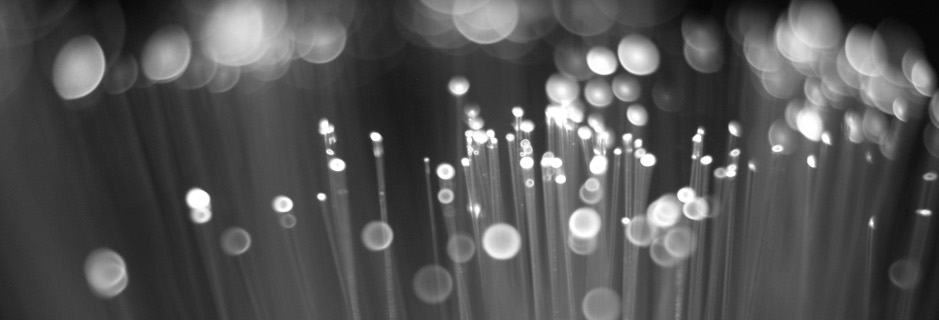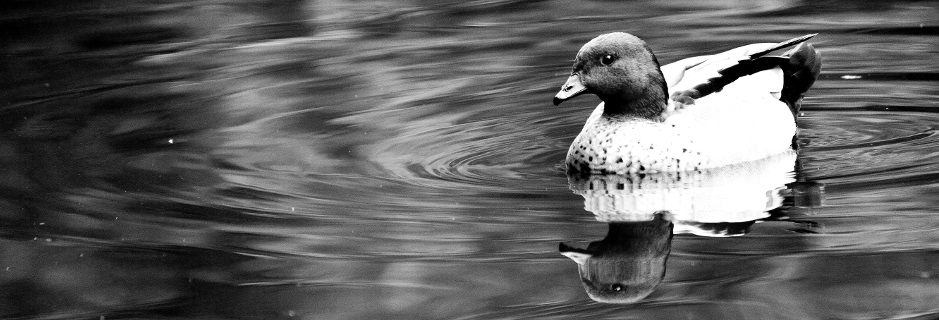Vielight’s Intranasal Low Level Laser Blood Irradiation: It's Impact on Red Blood Cell Aggregation
Numerous low level laser therapy (“LLLT”) studies provide positive evidence on LLLT as a successful method to treat a number of diseases. It has also been tested over many years as a successful method for pain management. Our own tests on blood irradiation through intranasal light therapy have been pointing towards the conclusion that it can at least deal with diseases and health disorders related to impaired blood circulation caused by high red blood cell aggregation, hypertension being the major one.
The greater body of scientific literature discusses the response of normal tissue cells, not red blood cells (“RBCs”) when explaining the mechanisms of LLLT. Normal tissue cells have mitochondria that respond to the light and subsequently get “bio-stimulated”. The RBCs do not have mitochondria and they constitute 95 percent of cells in the blood. Much of the rest of the blood consist of plasma. Some literature suggests that notwithstanding, RBCs do react by stimulating the release of ATP. Something else is also happening that results in the good outcomes that we are witnessing.
Just focusing on RBC aggregation, it has been found that red light actually inhibits the kind of RBC aggregation we see in the figure below. The picture below is a 40x microscopy magnification of a blood sample taken from the subject before he was treated with the device.
 |
|
Blood sample before the 25-minute treatment |
There is much evidence of RBC aggregation in this sample, which is an indication of a health disorder. After a 25 minute treatment of light therapy delivered with MedicLight’s system to the same subject, the next blood sample looks completely different, also magnified at 40x.
 |
|
Blood sample after the 25-minute treatment |
There is no longer any sign of RBC aggregation, and without the aggregation, the blood flows much better, resulting in improved systemic blood circulation.
We do not claim that the MedicLight’s method of delivering light therapy to the nasal cavity is more effective than the original Russian system of intravenous blood irradiation for improving blood rheology. Evidence points to the same level of effectiveness. But it is clear that it is more user friendly and more convenient by a large order of magnitude – non-invasive, portable and can be self-administered – all the elements that make it a game-changing proposition.
Some researchers argue that it does not matter if the red light is transmitted by low level laser diode or red light emitting diode (LED). The MedicLights device applies red low level laser light of 655nm to achieve the results. This means that if we want to avoid RBC aggregation, just shine red light on to the blood system (at the right dosage). We simply package the concept into a device that is very user-friendly.
The heart of it all
The picture below, taken through a “darkfield” microscope offers a clearer visual reference profile of a healthy blood sample. The RBCs show no deformity, with 2 white blood cells (in the right proportion to the number of RBCs) in clear plasma.
 |
|
Reference blood sample observed through a “darkfield” microscope |
A blood sample like that above is a joy to see – mainly because you know that the owner of a blood sample like this in all probability has no serious health issue. Visually, it is easier to imagine that the RBCs with the plasma in this sample are much better able to do their job of transporting oxygen and nutrients to tissues throughout the body.
Because many of our blood capillaries are small, we can hypothesise that we need RBCs that are separated from each other to have optimal flow. Small blood capillaries comprise 99 percent of the body blood vessels, the smallest, being wide enough only for single RBCs to flow through, as illustrated in the figure below, or even narrower so that the RBCs have to deform themselves to flow through the micro-vascular channels.
 |
| Illustration of RBC’s in a micro capillary. Source: National Museum of Health and Medicine, Washington DC |
Studies on blood circulation in small blood capillaries support the notion that elevating red cell aggregation can reduce blood flow in these vessels to varying degrees.
The combination of various factors to give good blood flow properties are therefore important for nutrient and oxygen transportation throughout the body. It is a complex subject and is mainly determined by key variables such as blood viscosity, RBC mass (hematocrit), RBC aggregation, deformability and dilatation quality of the vessel walls.
With this knowledge, it is not surprising to learn that there are studies showing the correlation between high blood pressure (BP) or hypertension with high viscosity in the blood, particularly in more elderly subjects. If we assume that the vascular walls are unable to dilate, thicker and slow moving blood can only exert more pressure on the these walls. This is the basic concept behind poor blood rheology as a major cause for high BP.
In summary, it is important to know of the presence of RBC aggregation because it affects blood flow directly by its obstructive nature and indirectly, through its impact on viscosity.






